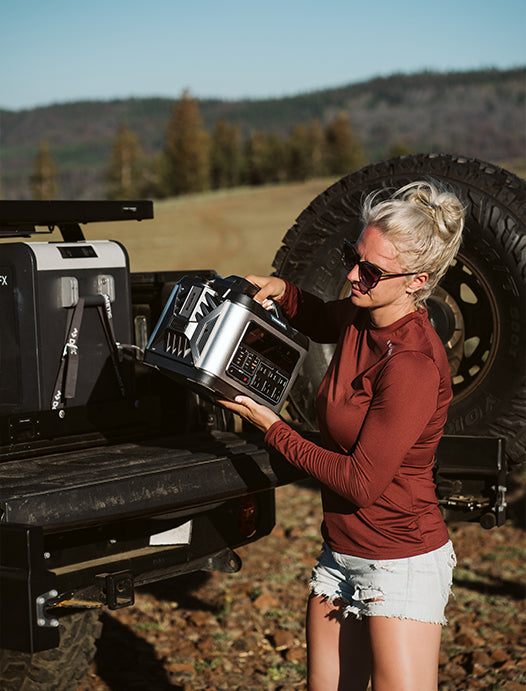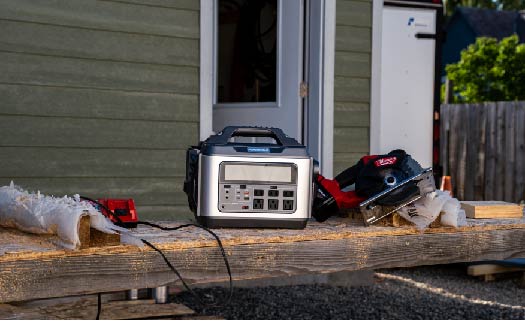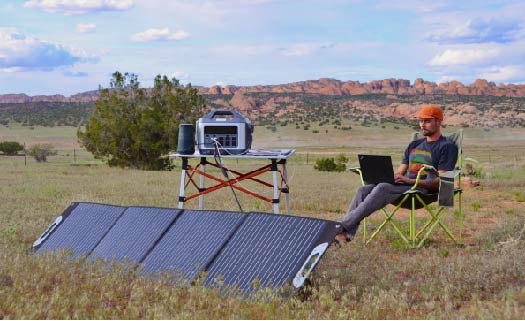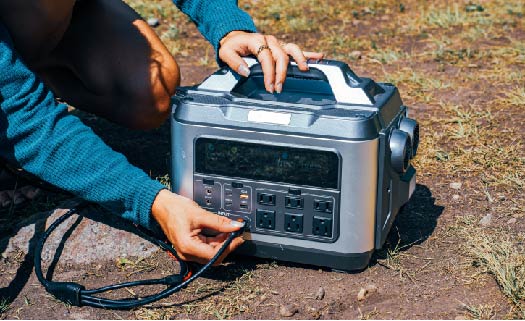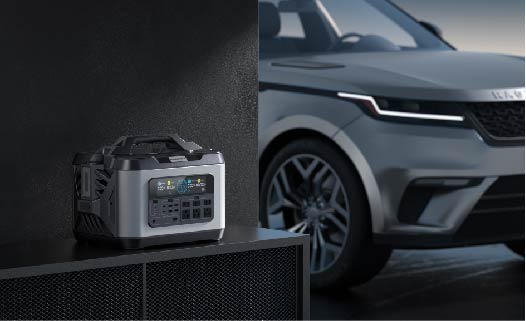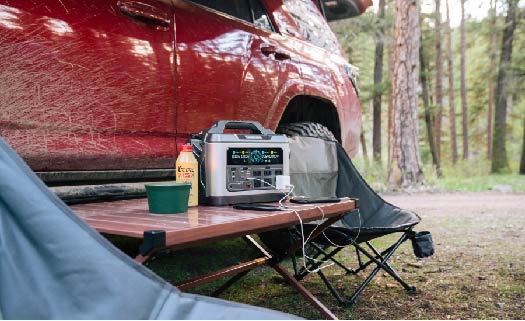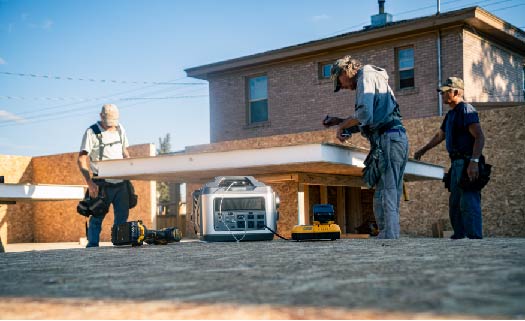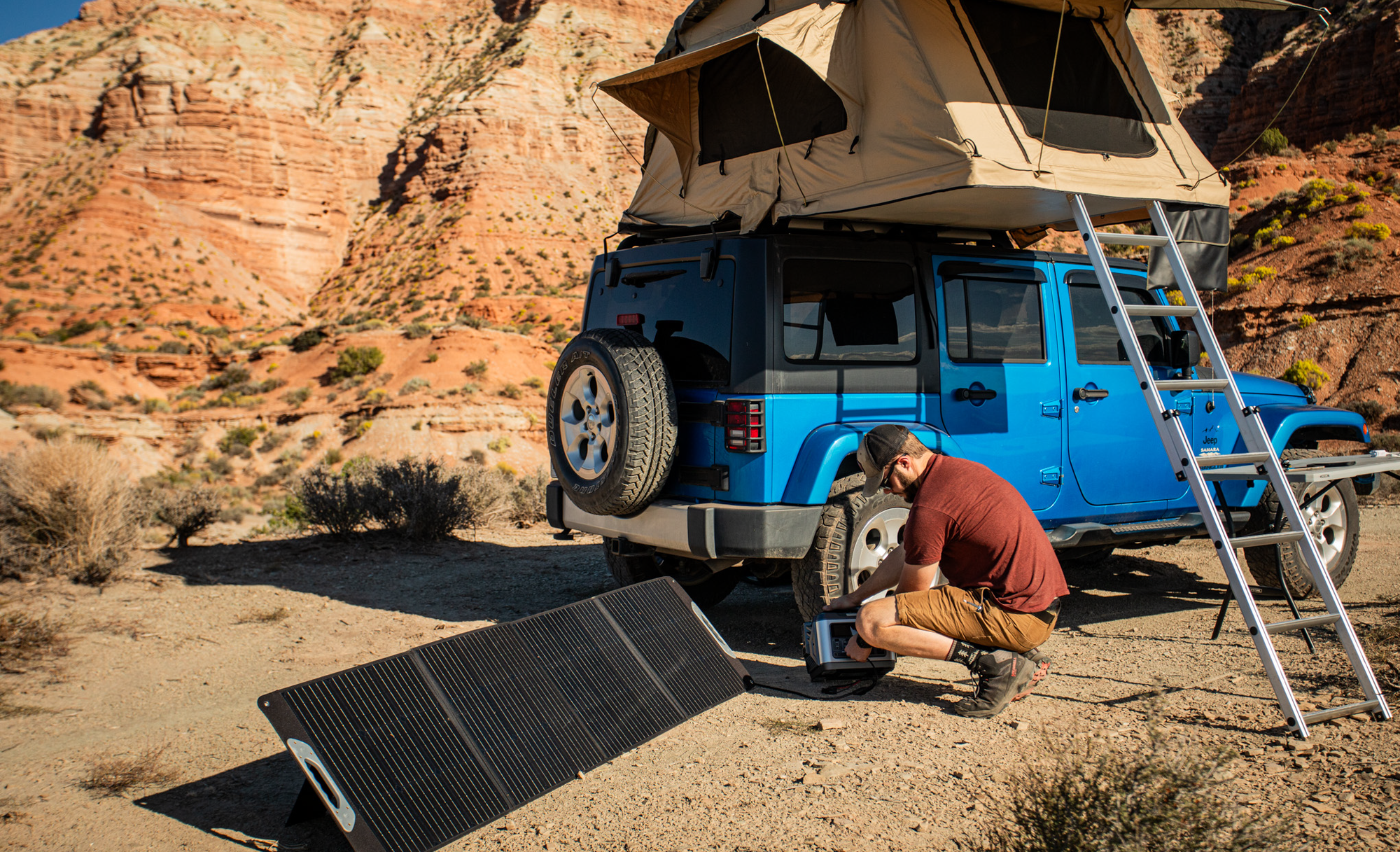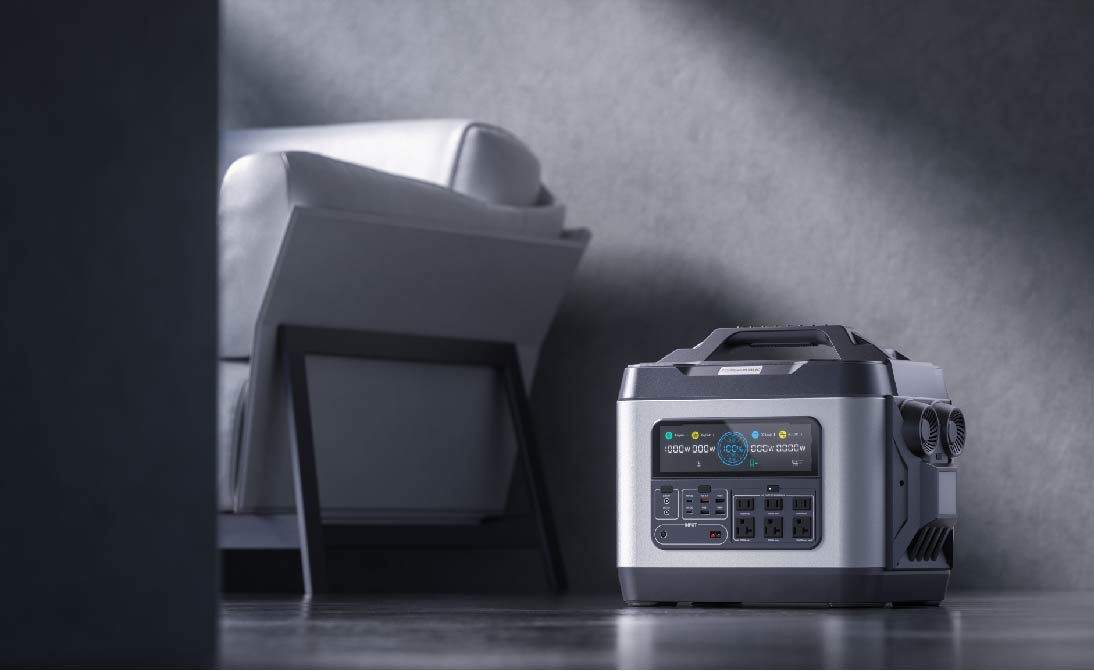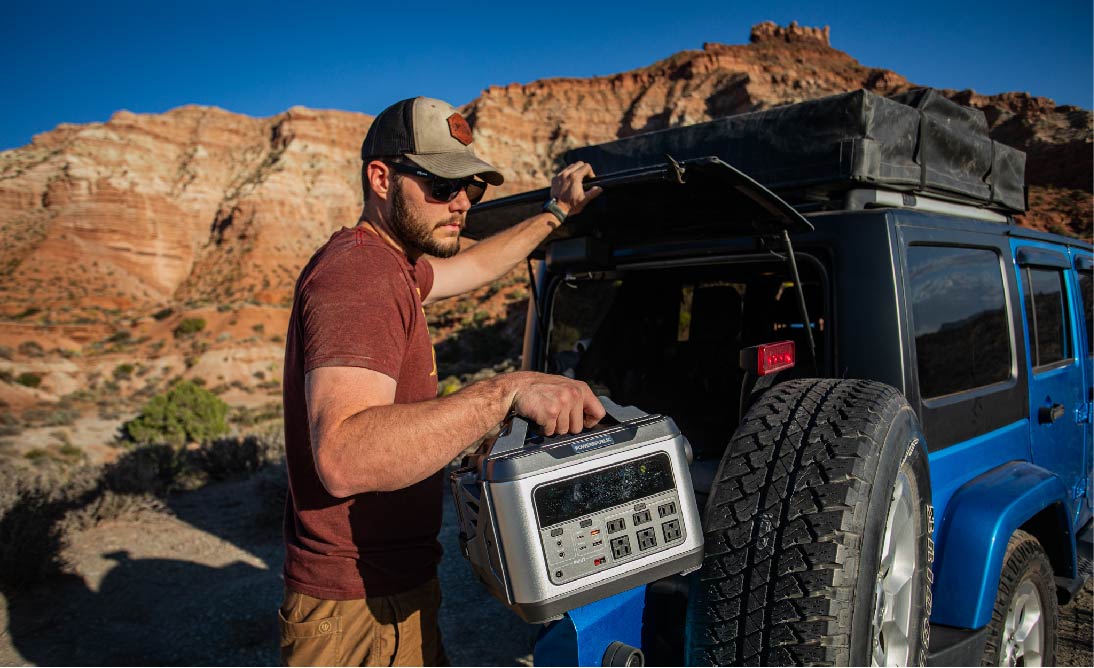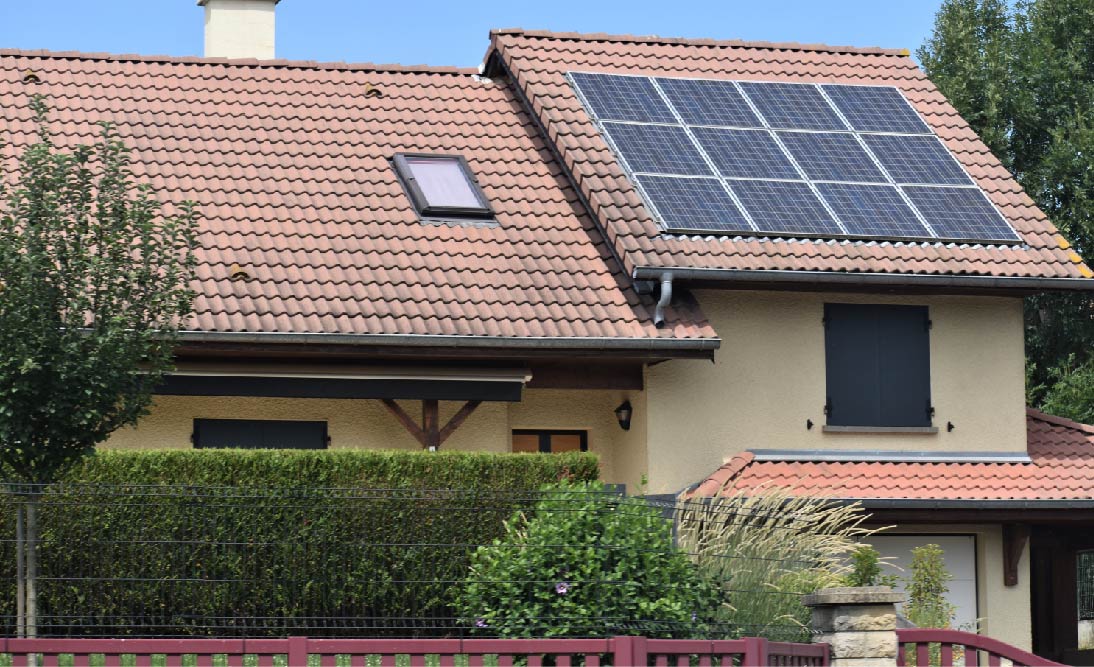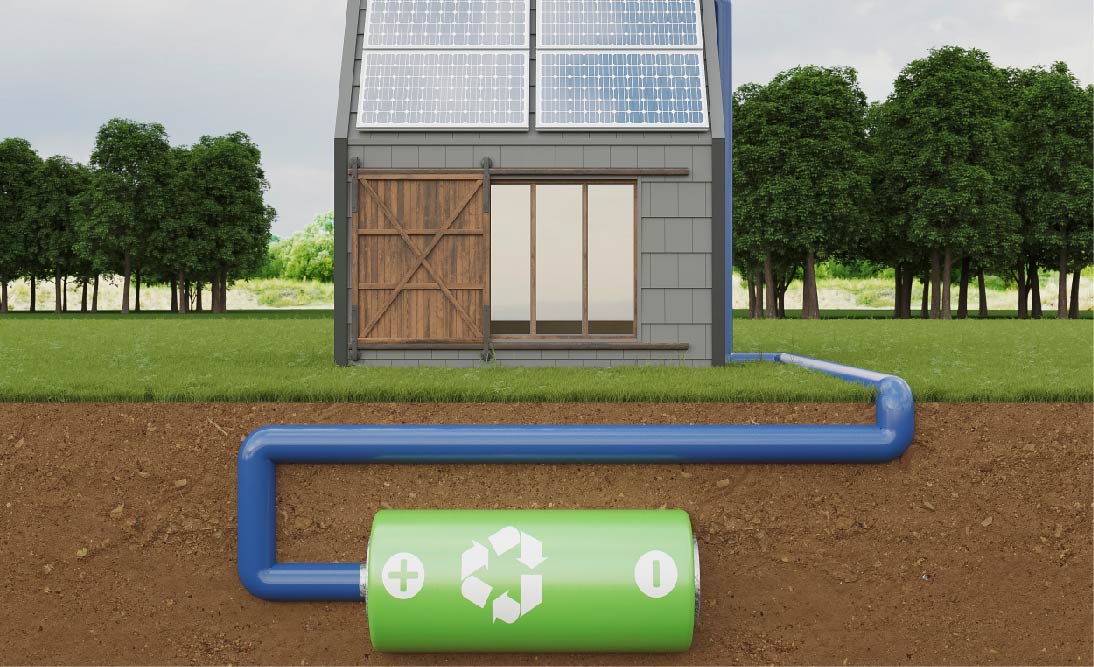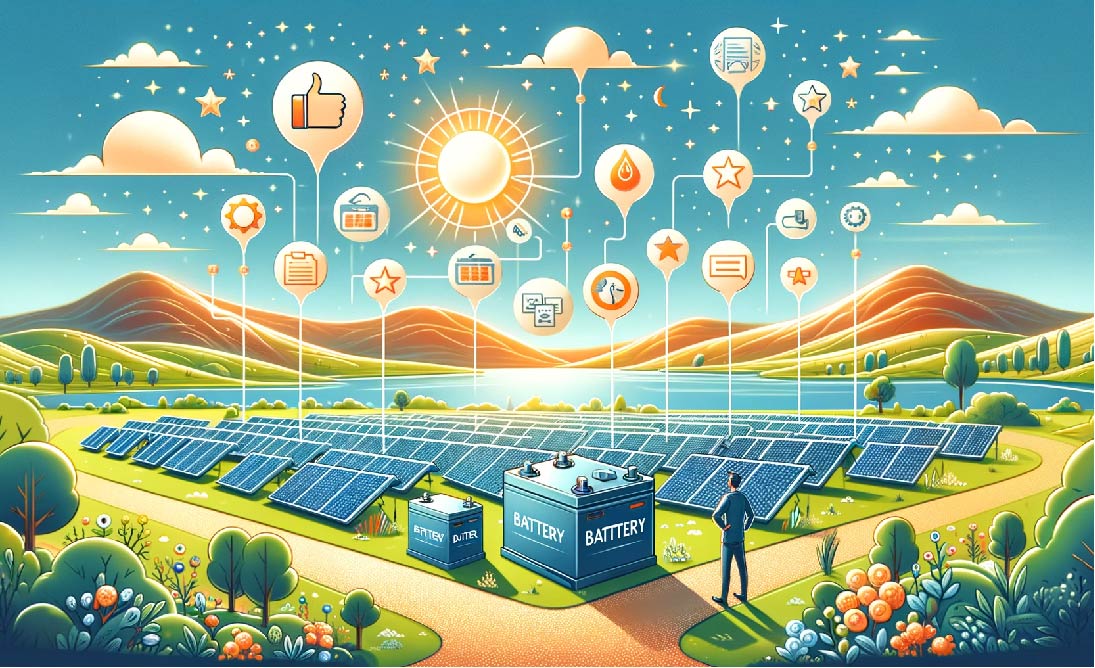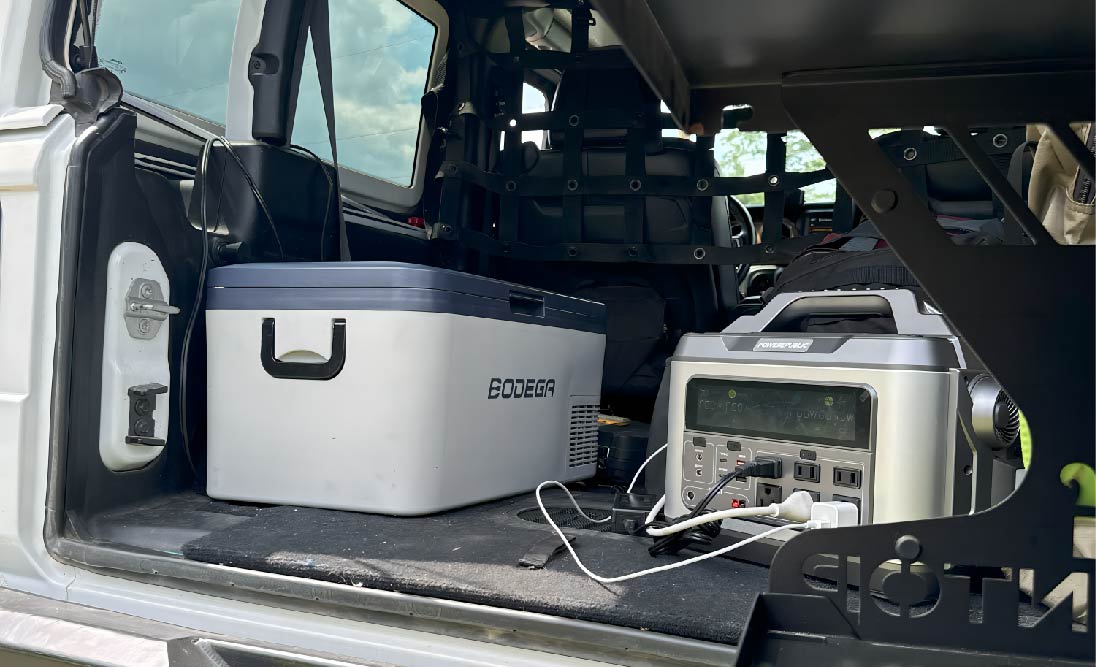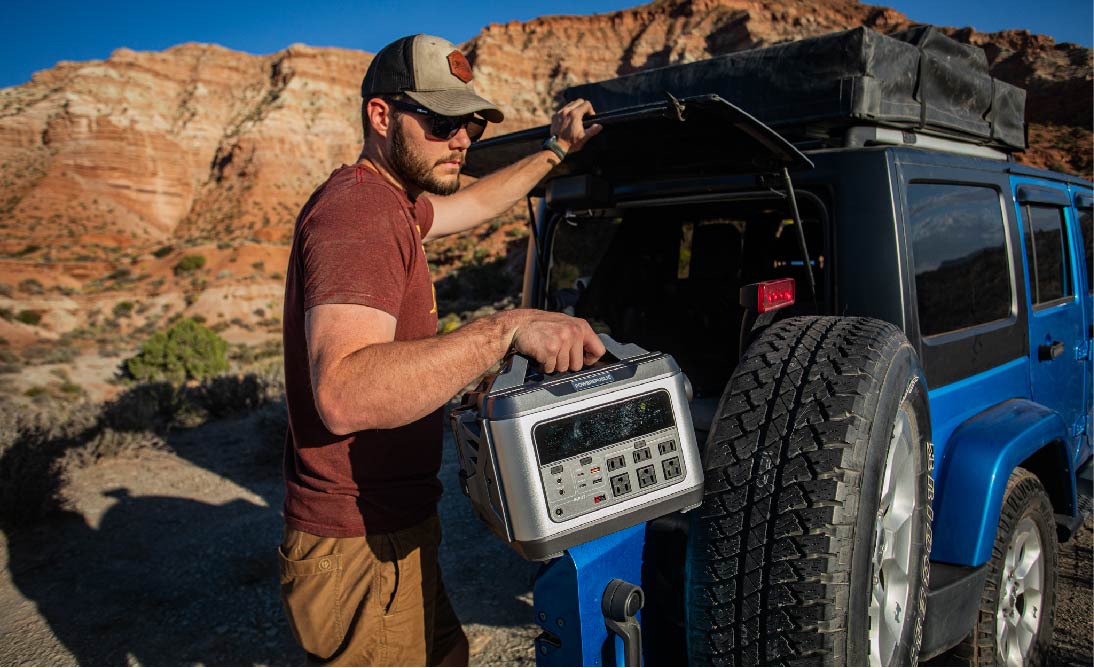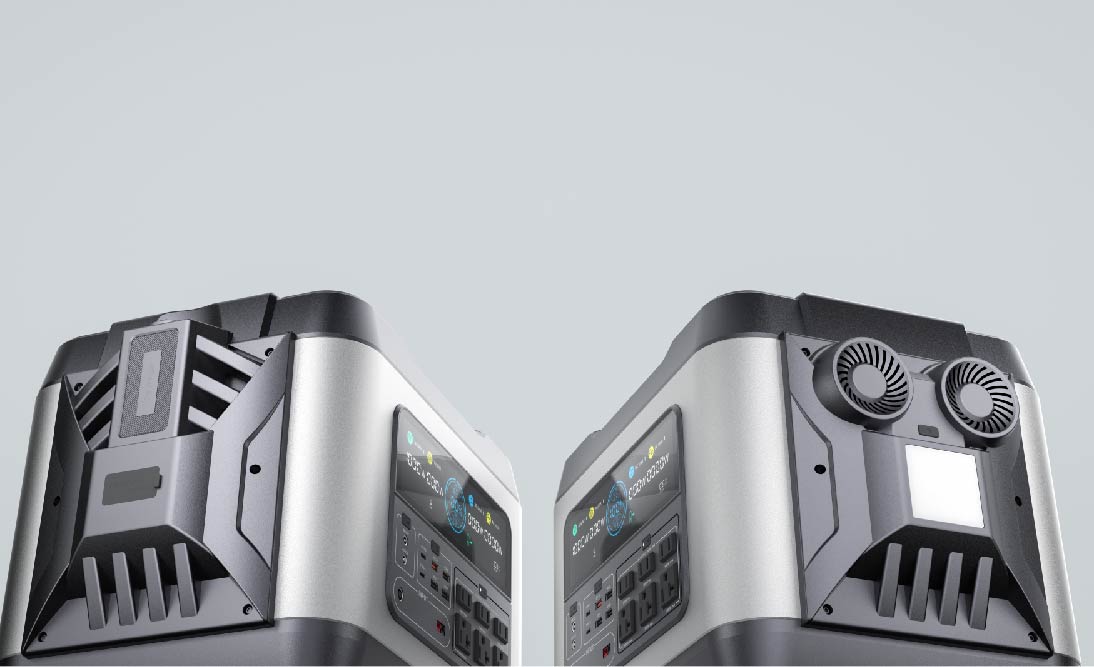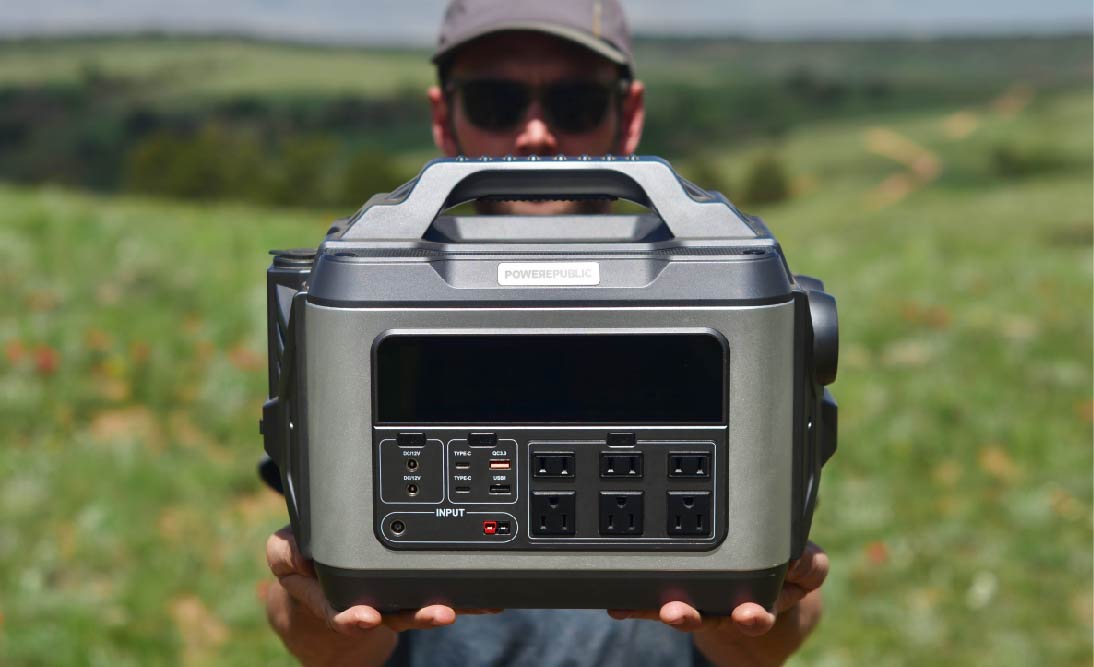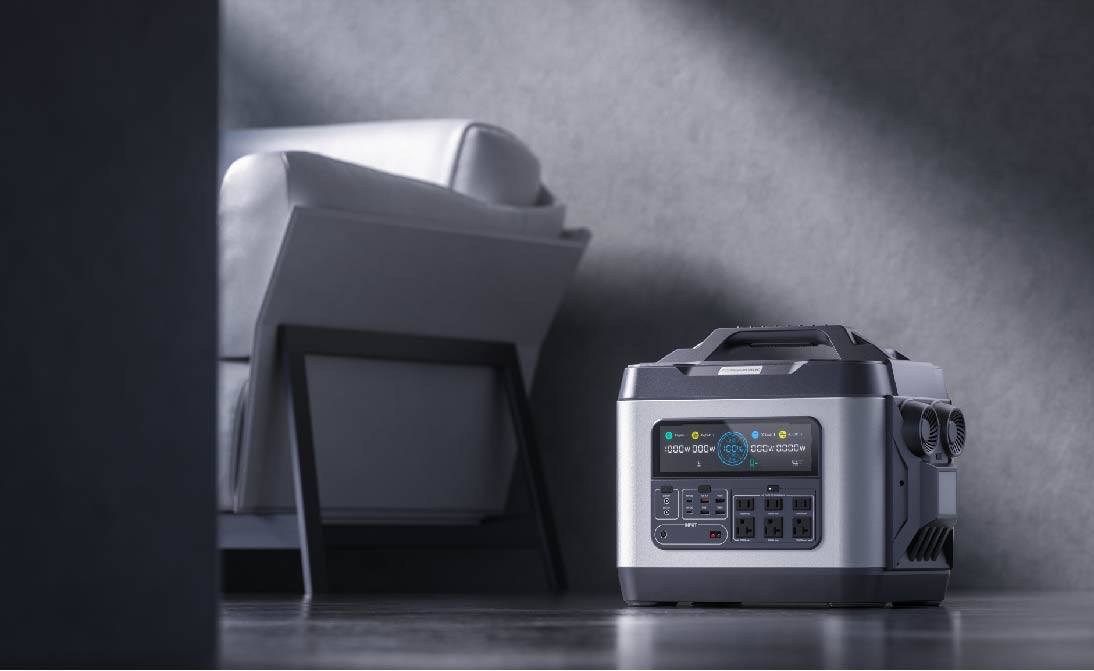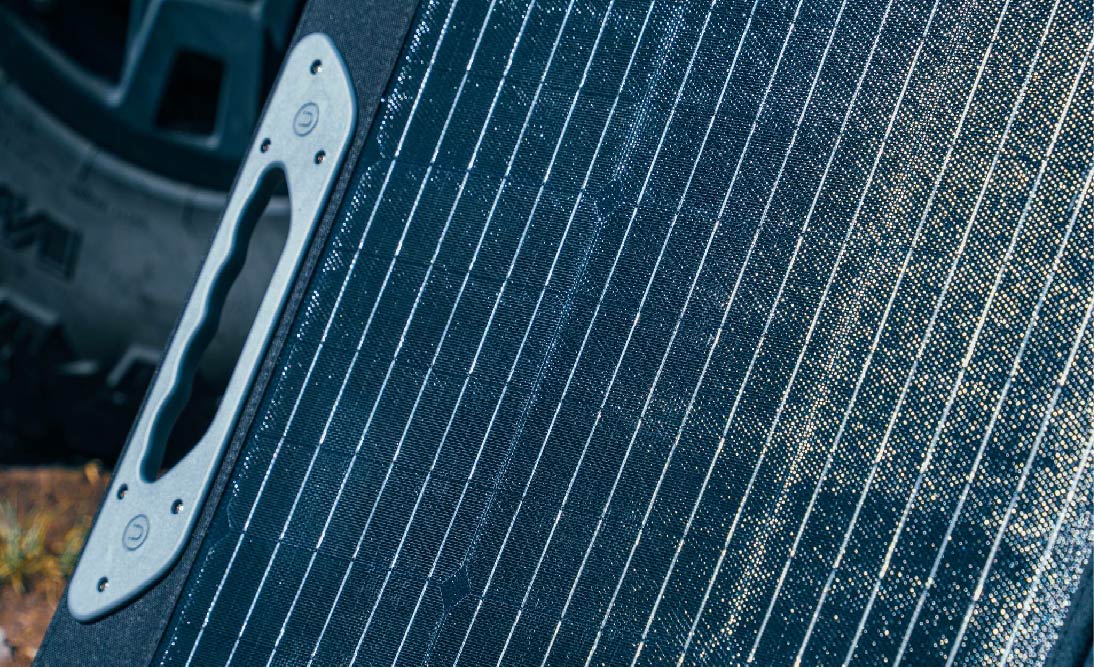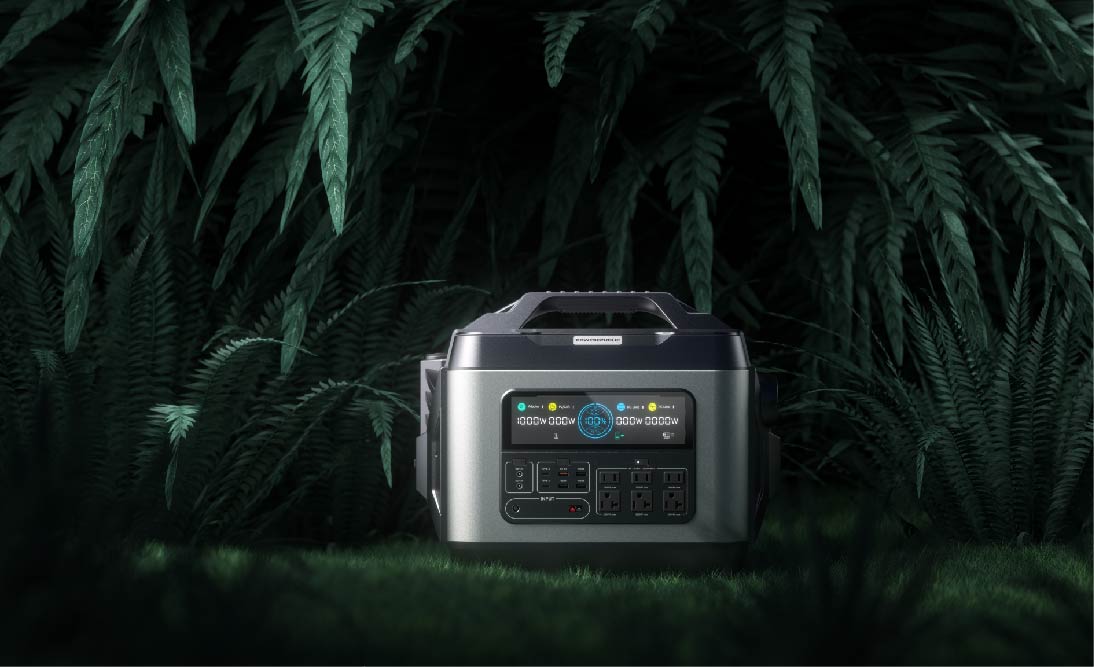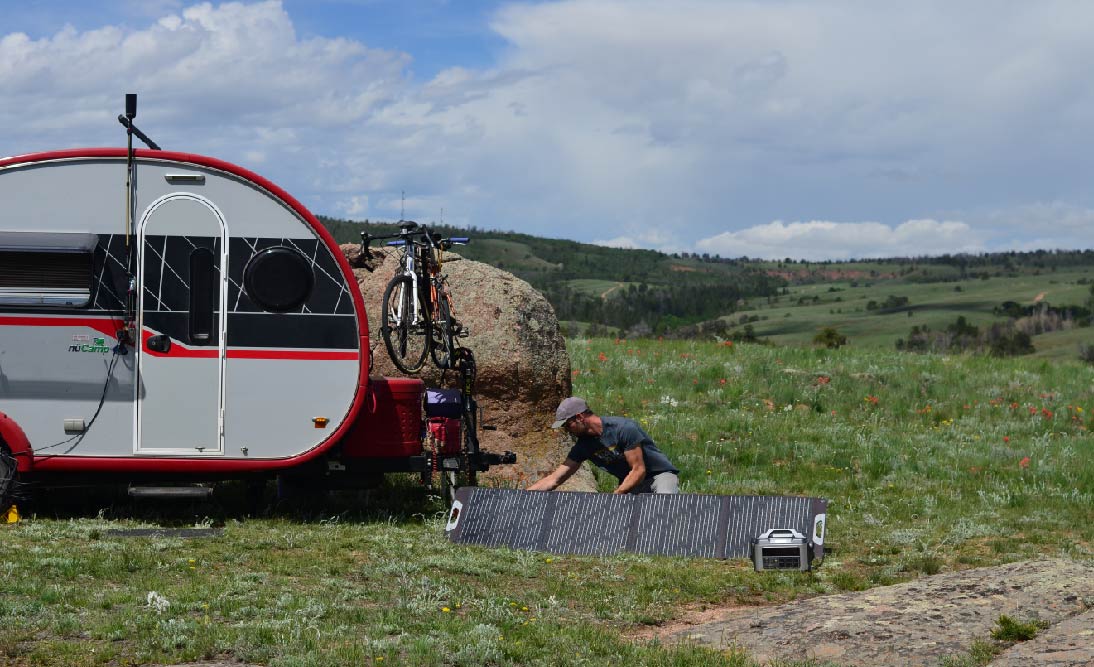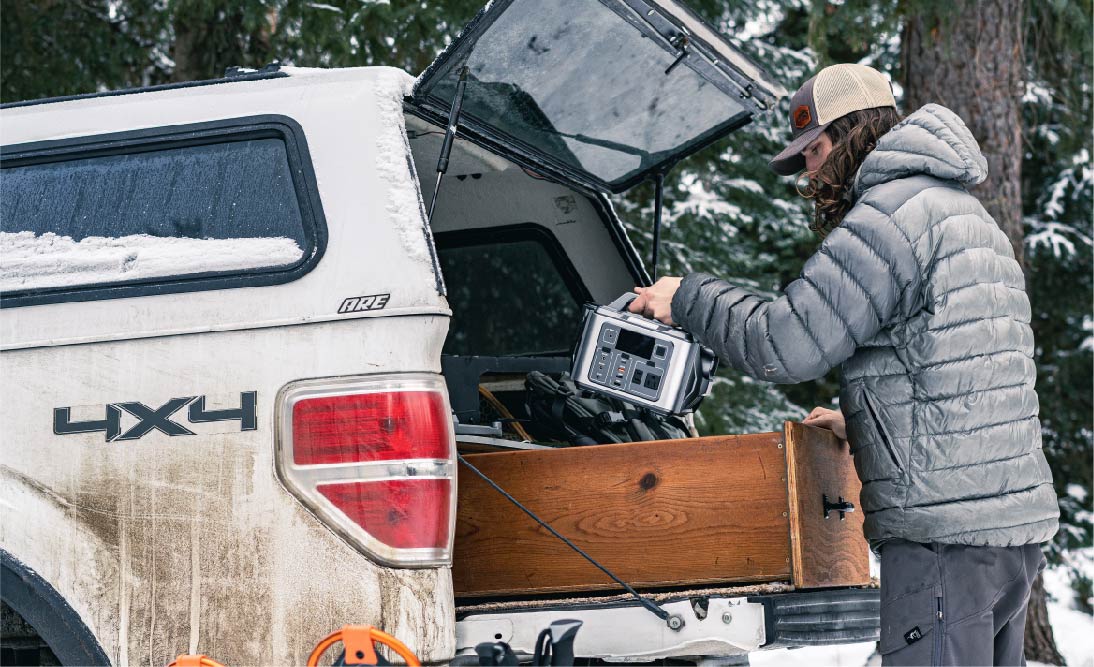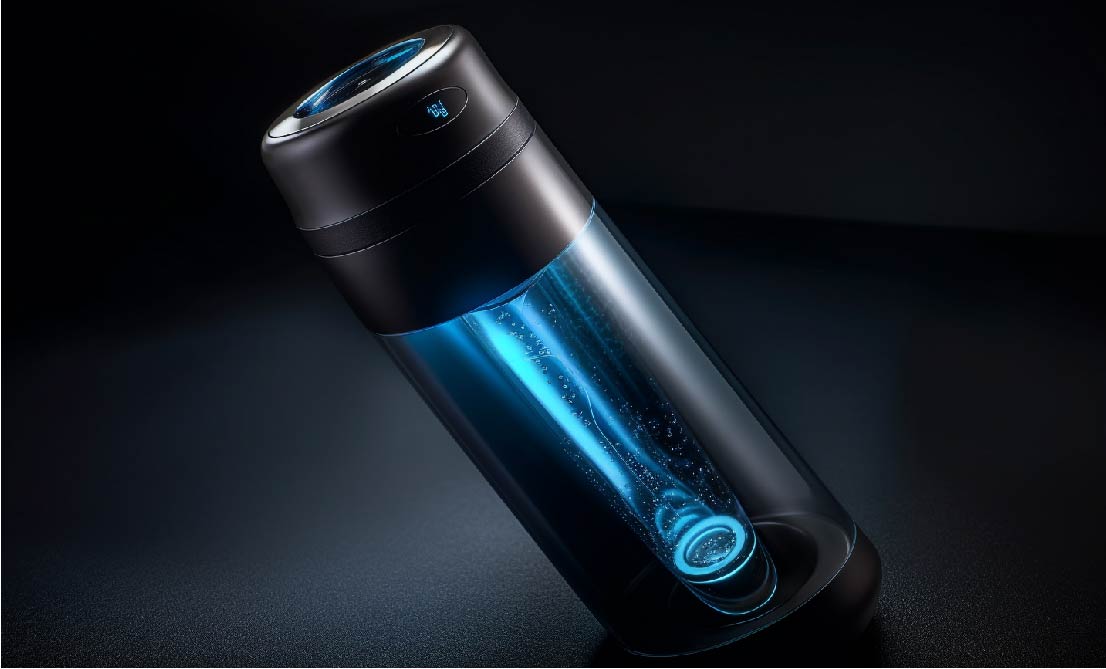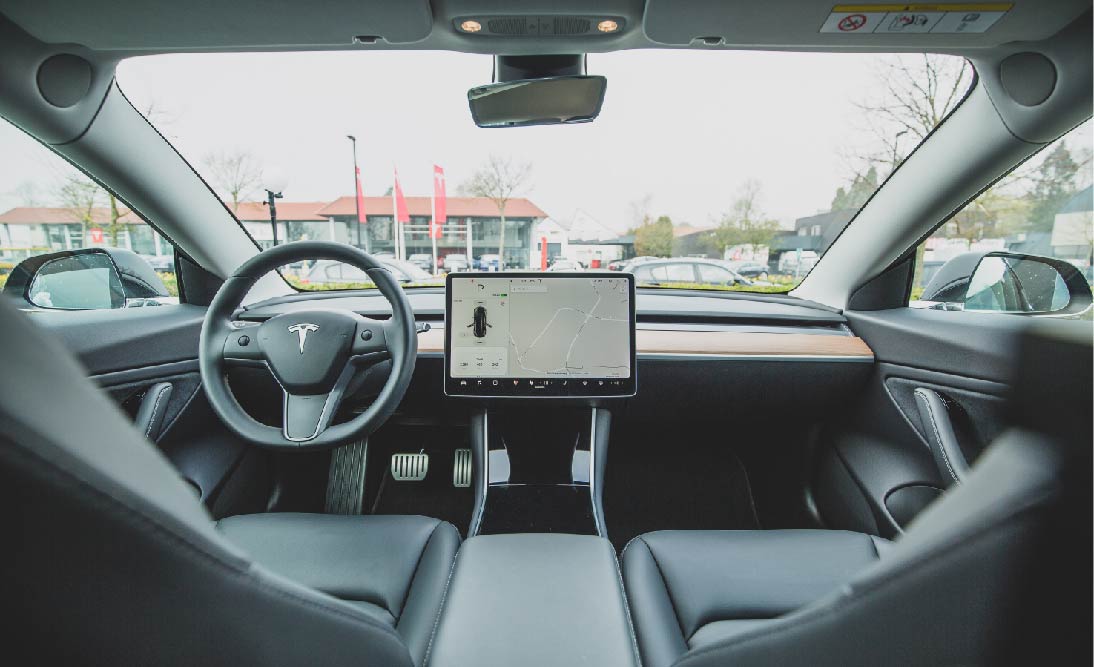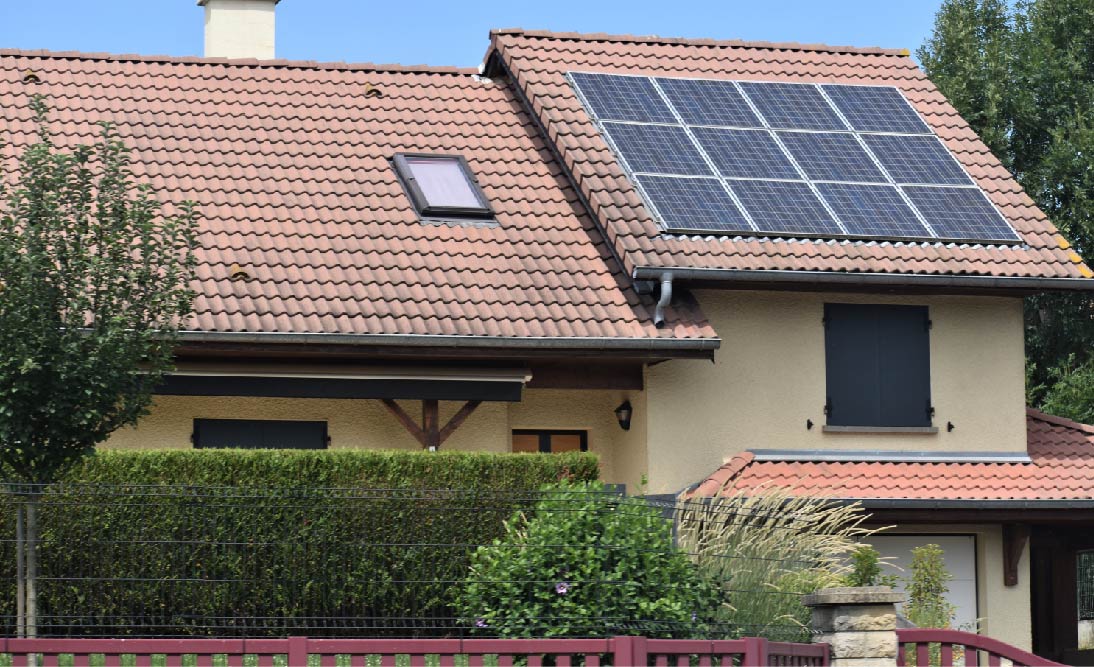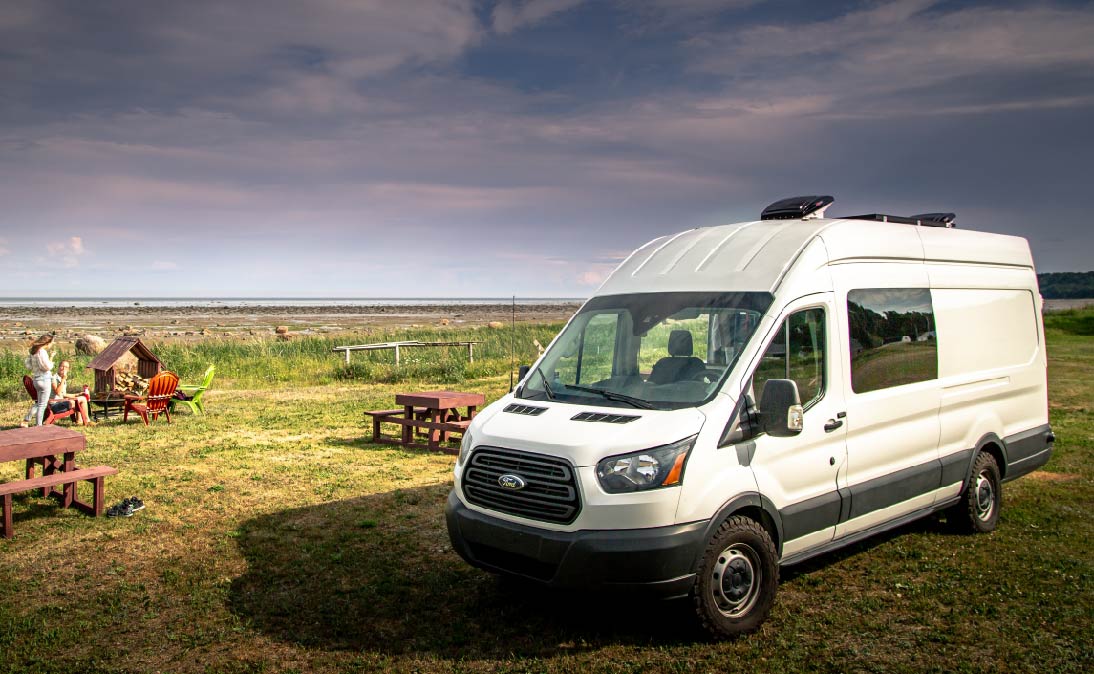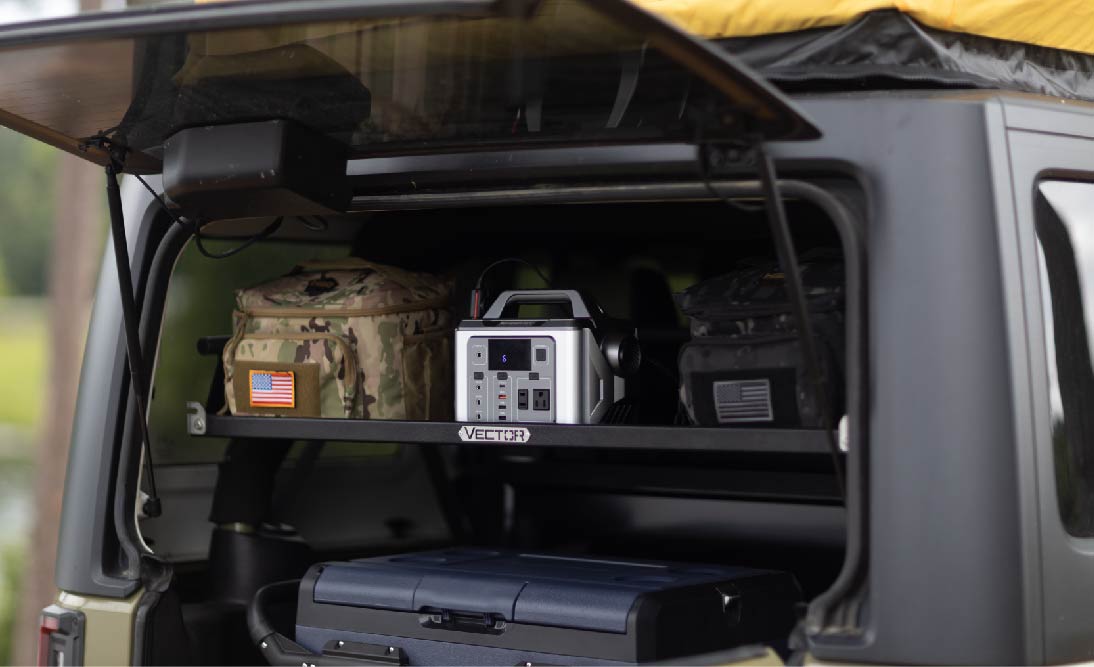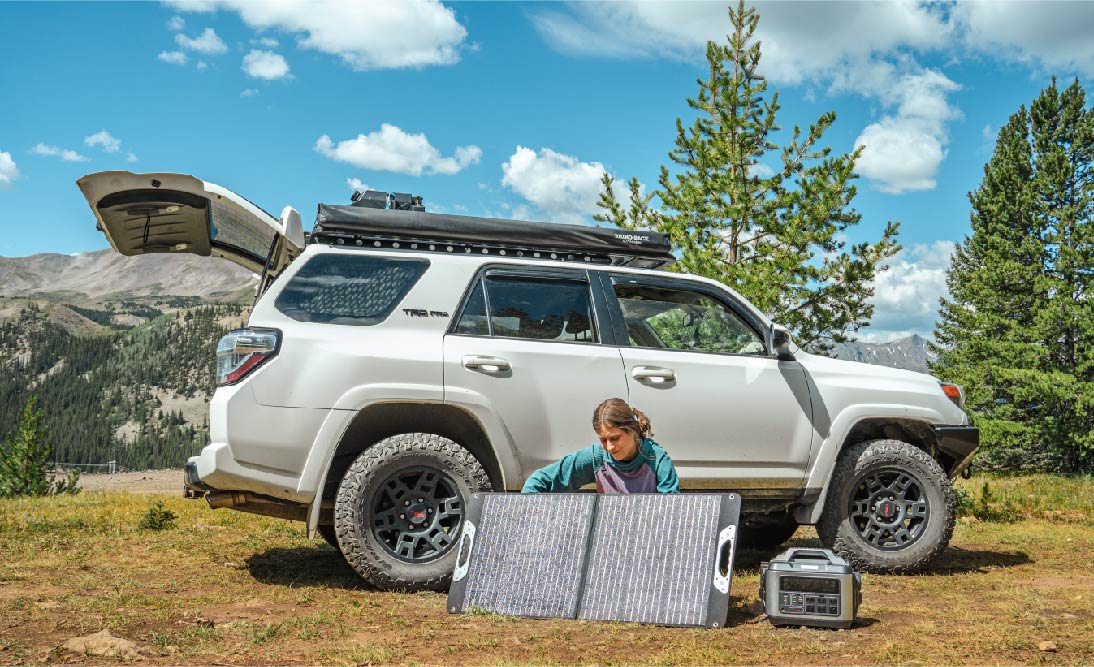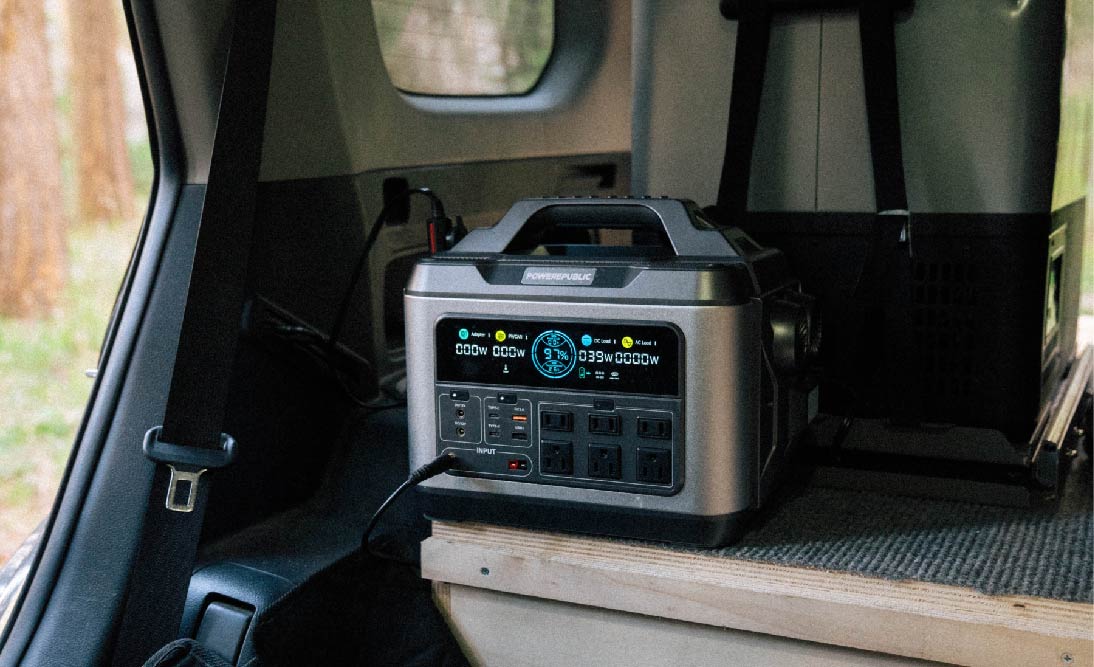Table Of Contents:
Portable power stations have become tremendously popular in recent years, as they offer a convenient and reliable power source for a variety of outdoor applications, from camping and outdoor events to emergency backup power. However, one question that often comes up is how long these power stations last. It is quite important to understand that because portable power stations can be very costly. The more you understand the lifespan, the easier and more accurate for you to select the best one to power your outdoor needs.
In this article, we will give a brief introduction to the lifespan or life cycles of a power station, and how to properly care it for longer use.
What’s The Definition Of Lifespan?
When choosing a portable power station, one important factor is its lifespan. The lifespan of a portable power station usually refers to how long you use it.
Firstly, the lifespan of a portable power station largely depends on the quality of the product and how well it is maintained. Generally, a portable power station that is professionally manufactured should last anywhere from 5 to 10 years, with proper care and maintenance.
Secondly, it is important to note that battery performance is a key factor in a portable power station’s lifespan, as the battery will degrade over time, and this will ultimately determine the overall lifespan of the device.
Most portable power stations currently use lithium-ion batteries. General speaking, a lithium-ion battery can be divided into 3 different types:
-
Lithium-Ion Battery
-
Lithium-Polymer Battery
-
Lithium Iron Phosphate Battery (LiFePO4)
(* Lithium polymer batteries and lithium iron phosphate batteries are the sub-type of lithium-ion batteries.)
-
Lithium-ion batteries are rechargeable batteries made of a cathode (positive electrode), an anode (negative electrode), and an electrolyte (conductive solution). Lithium-ion batteries have a high energy density, which allows them to store a lot of energy in a small and lightweight package. They are widely applied in smartphones, laptops, electric vehicles, and so forth. Besides that, they have low self-discharge rates, no memory effect, and long cycle life. A well-maintained Lithium-Ion battery can provide around 500 to 1000 charge-discharge cycles. For more details about the battery and other key components of a portable power station, CLICK to learn more.
-
Lithium-polymer batteries, also known as LiPo batteries, are a sub-type of lithium-ion battery. They use a non-flammable, solid, or gel-like polymer electrolyte instead of a liquid one, which makes it hard to leak, and the yield is high. This makes them more flexible and allows them to be shaped into thin, flat packages. They are also commonly used in smartphones, tablets, and drones. A well-maintained Lithium-Polymer battery can provide around 500 to 1000 charge-discharge cycles, which is similar to the Lithium-Ion battery.
-
Lithium iron phosphate batteries(LiFePO4), also known as LFP batteries, are a type of lithium-ion battery that uses an iron phosphate cathode instead of a cobalt or nickel cathode, making them very stable and safe as the thermal runaway is less likely to occur thus less prone to overheating than other types of lithium batteries. LiFePO4 batteries also have a longer life cycle and can provide up to 3000 charge-discharge cycles, making them ideal for outdoor/off-grid lives.
A Quick Wrap-Up
Now that you have a better understanding of the battery. It's important to note that the exact lifespan of the battery will depend on several factors, including the quality of the battery, the temperature at which it is stored and used, and how often it is charged and discharged.
Most portable power stations on the market these days use either lithium-ion batteries or LiFePO4 batteries. Thus, the typical lifetime/lifespan would be somewhere ranging from 500 to 3000 cycles. Here, a battery “cycle” is equal to fully charging and discharging for 1 time. That said, if a potable power station has a battery cycle of 1,000 times, then the lifespan is about 1,000 times when the battery is charged from 0% to 100% and used up from 100% to 0%.
Let’s Take POWEREPUBLIC T2200 As An Example

The POWEREPUBLIC T2200 portable power station has a rated input power of 2,200W, and a watt-hour of 2,240Wh, which make it ideal for camping, off-grid lives, emergency backup, and any other outdoor activities and events. If you want to know the difference between these two units, CLICK here.
T2200 uses lithium-iron phosphate batteries (LiFePO4), which have about 3000 cycles to 80% capacity. Let’s say you use T2200 once a week for 1 cycle, 4 times per month for 4 cycles, and 48 times per year for 48 cycles, the estimated lifespan is about 62.5 years. (3,000 cycles / 48 cycles per year = about 62.5 years). Again, Please note that the lifespan depends on the frequency of actual usage and the environment.
What’s More?
Besides the performance of the battery, another key factor that could potentially alter the lifespan of the battery is its BMS. BMS stands for the professional term "Battery Management System." For those of you who are not familiar with this term, it is an electronic system that manages the rechargeable batteries in a portable power station and balances the energy storage systems.
The primary function of BMS is to monitor and control the state of the battery, which includes regulating its state of charge (SoC), and state of health (SoH), and measuring other parameters such as temperature, voltage, and current. The BMS ensures the battery operates within the limits, prevents overcharging and deep discharge, overheating, and thus prolongs the battery's lifespan.
In short, a good BMS will optimize the performance and efficiency of the battery, ensuring it is used to its full potential while preventing potential damage. POWEREPUBLIC portable power stations have all the protections.
Five Tips That Will Prolong The Lifespan of A Portable Power Station
To extend the lifespan of your portable power station, here are 5 things you can do.
Store Your Power Station Properly
Lithium-ion batteries are susceptible to heat as the electrodes of lithium-ion batteries will start to accelerate aging. So please avoid exposing or storing them in direct sunlight, or leaving them in the car for a long time during summer. Moisture can also lead to mechanical corrosion, so proper care must be taken when using and storing the product in humid conditions.
Lithium-ion batteries also don’t “like” the cold. This is because the chemical reactions inside the battery are slower, which reduces the flow of ions and electrons. Cold temperature can cause the battery to experience mechanical stress, which can result in cracks and fractures in the electrode materials, and reduce the overall performance. So when using a portable battery, please refer to the temperature below:
-
Operating Temperature: 14-104℉ (-10-40℃)
-
Storage Temperature: 14-140℉ (-10-60℃)
All POWEREPUBLIC portable power stations can operate and function normally within the stated temperature range.
Do Not Use It While Charging
The lithium-ion battery can be charged and discharged at the same time. However, we don’t recommend that as this will create a mechanical burden on the Li-ion battery and the battery will age faster.
Maintain Battery Level to 60-80% Before Storing For A Long Period
Avoiding charging or storing the battery at 0%, as it will accelerate the aging of lithium-ion batteries, making them hard to recharge. Therefore, for long-term storage, we recommend keeping the battery level around 60-80%. In addition, we also recommend checking the battery level every three months to see the time difference for charging the same amount of devices. This will show the self-discharge rate of a portable battery. The lower the self-discharge rate, the better the lithium-ion batteries, and thus the longer time to use.
Monitor the Battery Level Before Charging
To avoid running out of power unexpectedly, monitor the battery level of your portable power station regularly. Many power stations come with an LCD screen, so you can easily see how much power is left. Make sure to charge your power station when the battery level is low, ideally before it drops below 20%.
Use Energy-Efficient Devices
To get the most out of your portable power station, use energy-efficient devices if possible. For example, use LED lights instead of incandescent bulbs and choose devices with low power requirements. This will help extend the battery life of your power station and allow you to use it for a longer period.
Conclusion
Understanding the lifespan of a portable power station is crucial for anyone who relies on these devices for their power needs, as it can help users make better decisions about their purchase, as well as plan for the future. In addition, knowing the lifespan of a portable power station and its regular maintenance can help us prevent unexpected failures and avoid potentially dangerous situations, such as running out of power during an emergency or outdoor excursion. If you are an outdoor enthusiast who likes to go out for a couple of days, our T1200 & T2200 portable power stations will be a good match.
Check out POWEREPUBLIC T1200(1,200W/1,110Wh).
Check out POWEREPUBLIC T2200(2,200W/2,240Wh).
